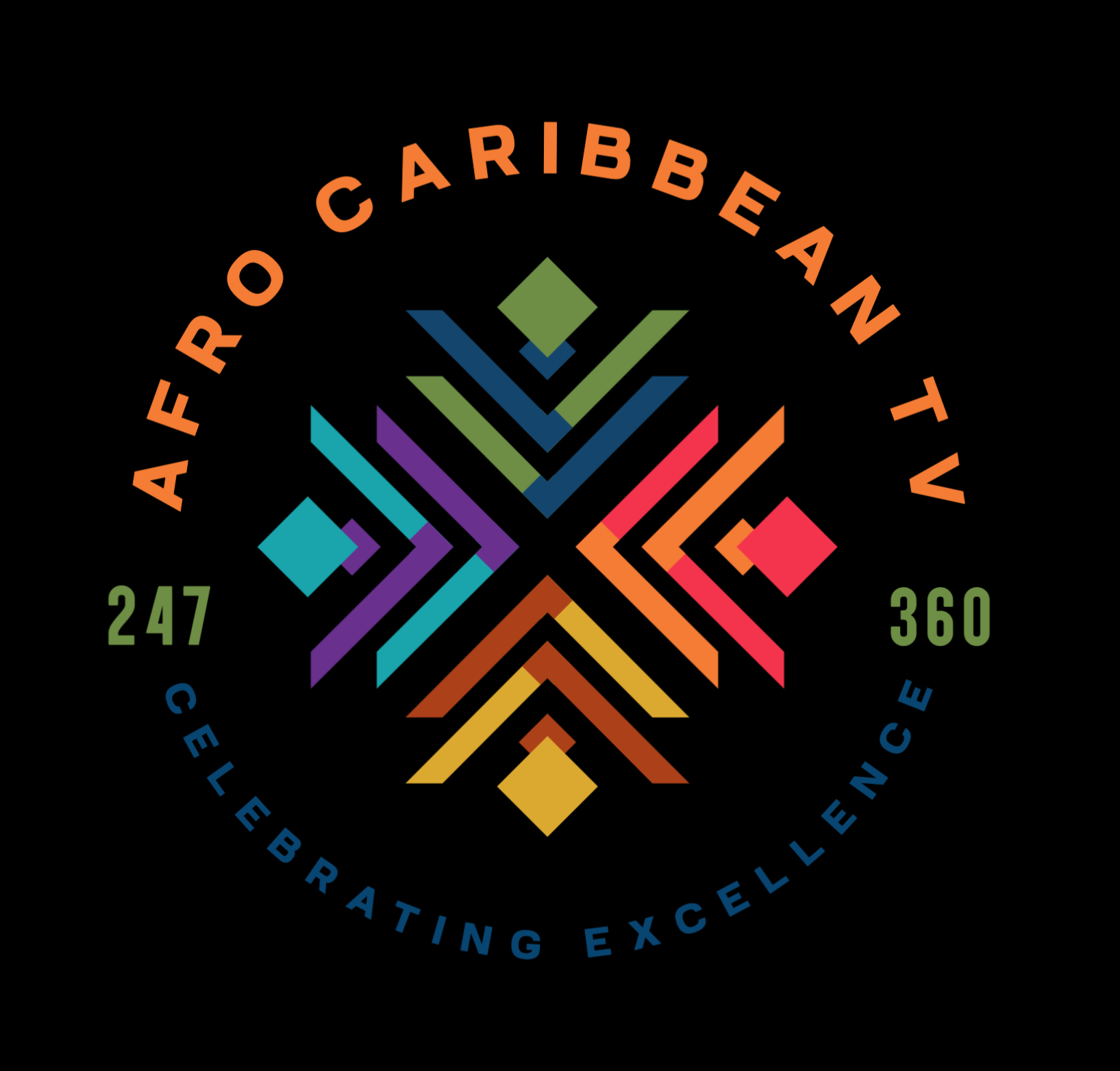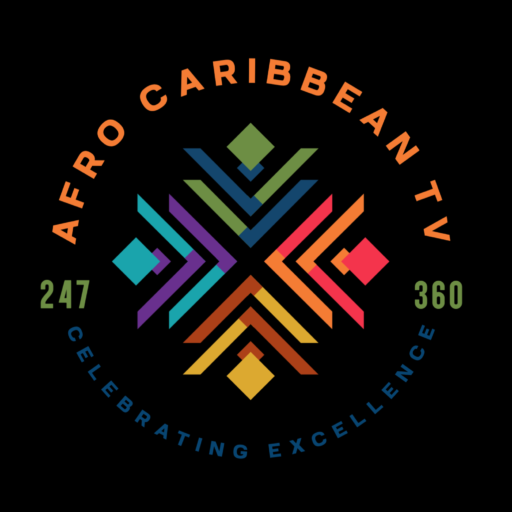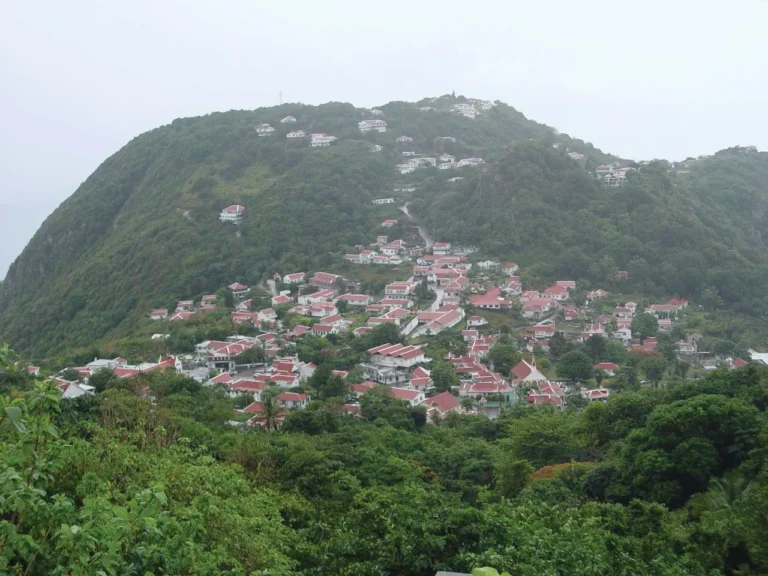The culture of the former Netherlands Antilles is a rich and vibrant blend shaped by African, European (especially Dutch and Spanish), Caribbean, and Latin American influences. Although each island has its own distinct identity, they share some overarching cultural themes due to shared colonial history and geographical proximity.
Cultural Highlights of the Netherlands Antilles
Ethnic and Cultural Diversity
- The population is multicultural and multilingual, with people of African, European, South American, Caribbean, and Asian descent.
- This mix came from centuries of colonialism, slavery, migration, and trade.
Languages
- Papiamentu (Curaçao, Bonaire): A creole language mixing Portuguese, Spanish, Dutch, African languages, and more.
- Dutch: Official language across all islands; used in government and education.
- English: Widely spoken, especially on Sint Maarten, Saba, and Sint Eustatius.
- Spanish: Common due to proximity to Venezuela and Latin American immigration.
Cuisine
A flavorful fusion of Caribbean, African, Dutch, and Latin cuisines.
Popular dishes include:
- Keshi yena – Stuffed cheese with meat, vegetables, and spices (Curaçao specialty).
- Funchi – Cornmeal-based dish, like polenta.
- Stoba – Stew made with goat, beef, or fish.
- Pastechi – Fried pastry filled with cheese, meat, or fish.
- Seafood is widely consumed, especially on coastal islands.
Music and Dance
Music is central to cultural life and varies by island.
Popular styles:
- Tumba – Afro-Caribbean music native to Curaçao and Bonaire.
- Zouk, soca, calypso – Popular on Sint Maarten and other islands.
- Tambú – Traditional Afro-Caribbean drumming and dance, often called the “music of resistance” during slavery.
- Reggae, merengue, and bachata are also widely heard.
Festivals and Traditions
- Carnival (Feb–Mar): The biggest and most colorful festival across all islands with parades, music, dance, and costumes.
- Siman di Kultura (Culture Week) – Celebrated in Curaçao to honor local traditions.
- King’s Day (April 27): Dutch national holiday celebrated with local flair.
- Religious holidays (Christian and Afro-Caribbean) also play a major role.
Arts and Crafts
- Visual art blends Afro-Caribbean themes with European styles.
- Colorful murals, island scenes, and handmade crafts are common.
- Curaçao and Bonaire have thriving arts communities that reflect local stories and heritage.
Religion
- Predominantly Christian, mostly Roman Catholic and Protestant.
- Afro-Caribbean spiritual practices (e.g., Winti, Obeah) also exist, sometimes blended with Christianity.
Education and Literature
- Education is Dutch-based, but increasingly bilingual or trilingual.
- Local literature often explores themes of identity, colonialism, migration, and resistance.
Cultural Variation by Island
| Island | Cultural Notes |
|---|---|
| Curaçao | Known for Papiamentu, vibrant arts, and Carnival. Cultural hub. |
| Bonaire | Quieter, eco-focused culture with strong Afro-Caribbean traditions. |
| Sint Maarten | Tourism-driven, highly multicultural, English-dominant. |
| Saba | Small and tight-knit, strong Dutch and Anglo-Caribbean traditions. |
| Sint Eustatius | Historically significant as a trading hub; culturally conservative. |



